19362
4-Methylumbelliferyl butyrate
lipase substrate; esterase substrate, ≥95% (HPCE), powder or crystals, suitable for fluorescence
Synonym(s):
MU-Bu
Select a Size
CN¥246.26
Select a Size
About This Item
CN¥246.26
Recommended Products
Product Name
4-Methylumbelliferyl butyrate, suitable for fluorescence, ≥95% (HPCE)
Assay
≥95% (HPCE)
form
powder or crystals
mp
90-92 °C (lit.)
solubility
DMF: soluble
DMSO: soluble
fluorescence
λex 312 nm in methanol
λex 360 nm; λem 449 nm (Reaction product)
λex 365 nm; λem 445 nm in 0.1 M Tris pH 8.0 (Lipase)
suitability
suitable for fluorescence
storage temp.
−20°C
SMILES string
CCCC(=O)Oc1ccc2C(C)=CC(=O)Oc2c1
InChI
1S/C14H14O4/c1-3-4-13(15)17-10-5-6-11-9(2)7-14(16)18-12(11)8-10/h5-8H,3-4H2,1-2H3
Looking for similar products? Visit Product Comparison Guide
1 of 4
This Item | M7633 | 46935 | 75164 |
|---|---|---|---|
| suitability suitable for fluorescence | suitability - | suitability suitable for fluorescence | suitability suitable for fluorescence |
| solubility DMF: soluble, DMSO: soluble | solubility water: 50 mg/mL, clear, colorless to very faintly yellow | solubility DMF: soluble, DMSO: soluble | solubility 2-methoxyethanol: soluble, DMSO: soluble, chloroform: soluble |
| Quality Level 100 | Quality Level 200 | Quality Level 200 | Quality Level 100 |
| form powder or crystals | form powder | form solid | form solid |
| storage temp. −20°C | storage temp. −20°C | storage temp. 2-8°C | storage temp. −20°C |
Application
Other Notes
Storage Class Code
11 - Combustible Solids
WGK
WGK 3
Flash Point(F)
Not applicable
Flash Point(C)
Not applicable
Personal Protective Equipment
Choose from one of the most recent versions:
Already Own This Product?
Find documentation for the products that you have recently purchased in the Document Library.
Our team of scientists has experience in all areas of research including Life Science, Material Science, Chemical Synthesis, Chromatography, Analytical and many others.
Contact Technical Service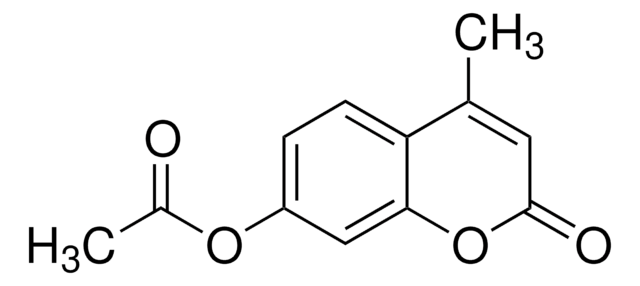

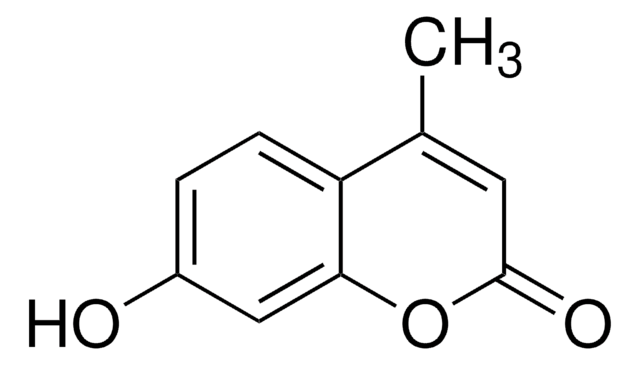
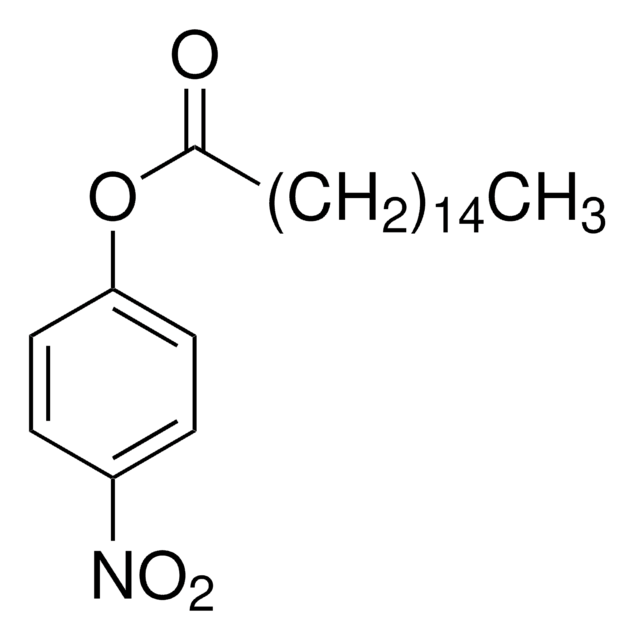
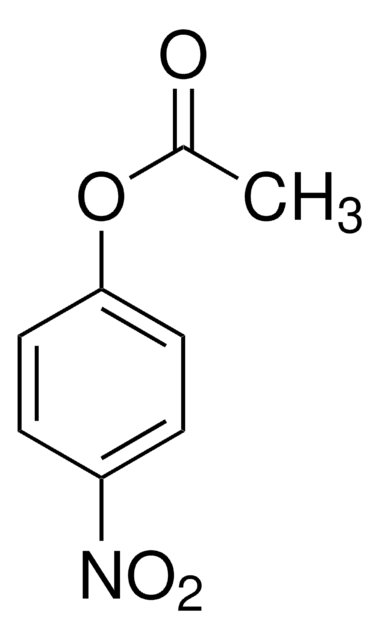


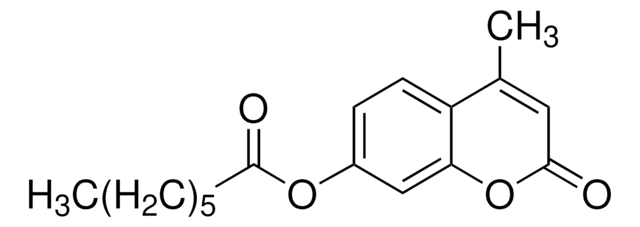

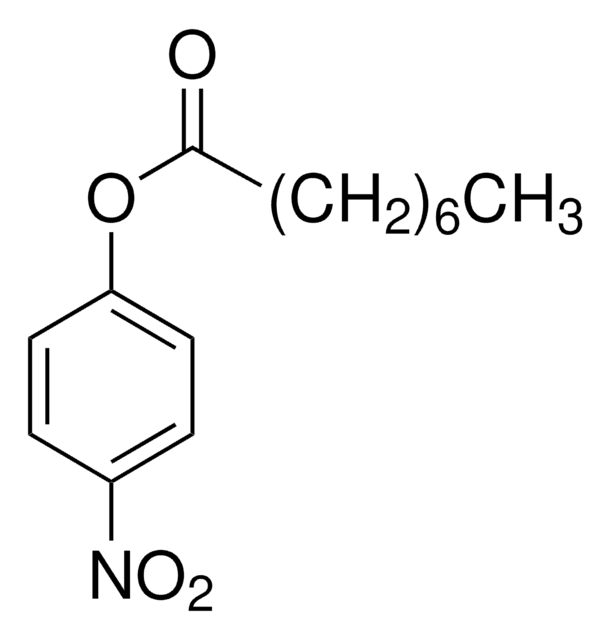
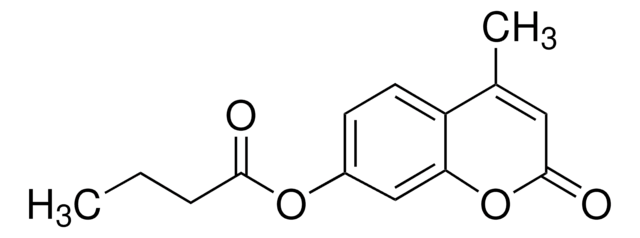
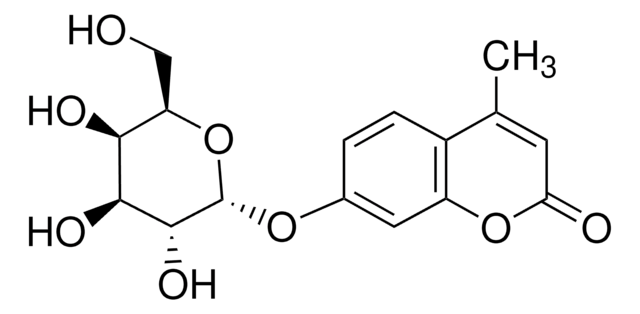
![6-[Fluorescein-5(6)-carboxamido]hexanoic acid suitable for fluorescence, ≥90% (HPCE)](/deepweb/assets/sigmaaldrich/product/structures/348/284/a1850c0d-b6b1-49e3-b058-5ba79967e9e5/640/a1850c0d-b6b1-49e3-b058-5ba79967e9e5.png)